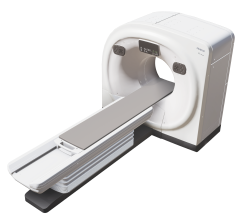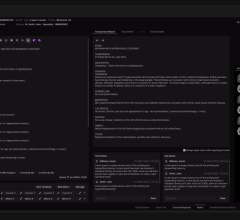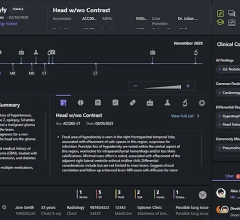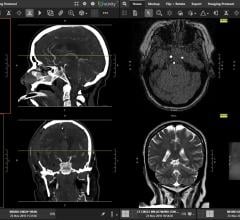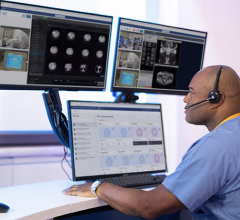
April 1, 2015 — According to information technology (IT) company Logicalis US, managing a high volume of patient images in varying formats requires development of a comprehensive enterprise imaging strategy that addresses five core components while remaining vendor-neutral.
Gathering, storing, accessing, and analyzing a rapidly expanding volume of patient images is one of the most complex IT tasks in today’s healthcare environments. These images tell a patient’s clinical life story, and with the recent proliferation of affordable digital technologies such as point-of-care ultrasounds, digital cameras and medical/surgical scopes, images in varying formats are being produced in record numbers by a variety of service lines outside of radiology – including surgical services, dermatology and pathology.
“Developing a thorough enterprise imaging strategy is quickly becoming one of the most important things a hospital CIO can do,” said Kim Garriott, principal consultant, Healthcare Strategies, Logicalis Healthcare Solutions. “Medical imaging is so much more than just capturing and storing X-rays and ultrasounds; it’s a multi-modal discipline that gathers images from a variety of sources and makes them readily available to clinicians through the patient’s electronic medical record (EMR) regardless of the underlying technology used to obtain them. Imaging gives clinicians information they need to enhance patient outcomes, and having that technology available, from a business perspective, can result in increased reimbursements from insurance and Medicare. Beyond the obvious quality of care issues, hospitals that aren’t taking the steps necessary to move their imaging management practices to the next level risk regulatory infringements and compromised data security making the development of an enterprise imaging strategy one of the most important tasks in healthcare IT.”
Logicalis Healthcare Solutions’ imaging experts have identified five core components that, when properly addressed within the healthcare system’s enterprise imaging strategy, will result in improved coordination of care, increased satisfaction among clinicians, improved patient engagement, streamlined operational costs and stronger regulatory compliance:
- Acquisition: Healthcare IT pros must discover the technologies and clinical workflows used to acquire medical images across as many as 40 service lines before developing their EMR optimization plans.
- Storage: Keeping medical images on hand involves more than just storing them; it also requires an in-depth disaster recovery plan and whole-system monitoring to ensure those images are both available and secure 24x7.
- Access: Until now, physicians have accessed medical images in a variety of cumbersome ways ranging from portals to unsecure CDs and other portable media delivered directly by the patient into the doctor’s hands. What doctors want – and are beginning to expect – is to have the patient’s entire medical image library available through their EMR and accessible for viewing regardless of device or source of acquisition.
- Sharing: The ultimate goal is for a variety of clinicians to be able to collaborate, securely sharing a patient’s images both within the same healthcare provider and between providers regardless of where those images reside.
- Analytics: Clinicians also need to be able to analyze medical images and the associated meta-data in a thoughtful, patient-centric way that leads them to new diagnoses and treatment plans that can benefit both the individual patient as well as a larger patient population as a whole.
For more information: www.us.logicalis.com


 August 06, 2024
August 06, 2024 

